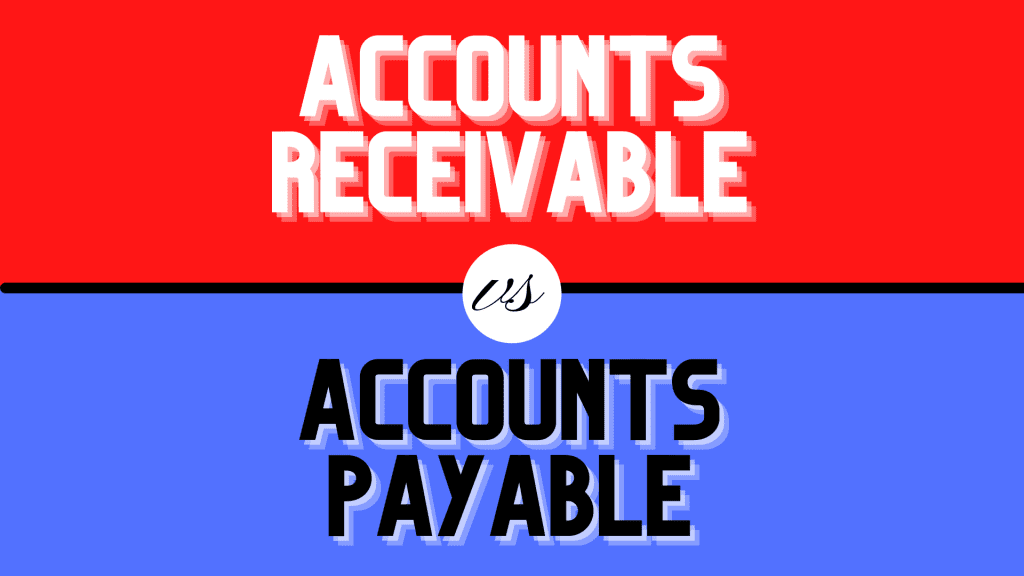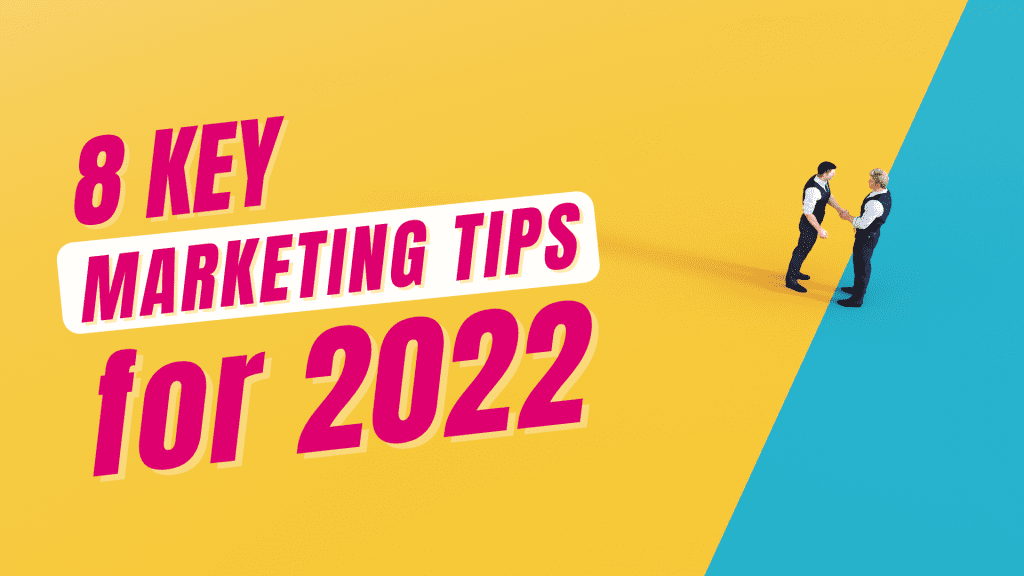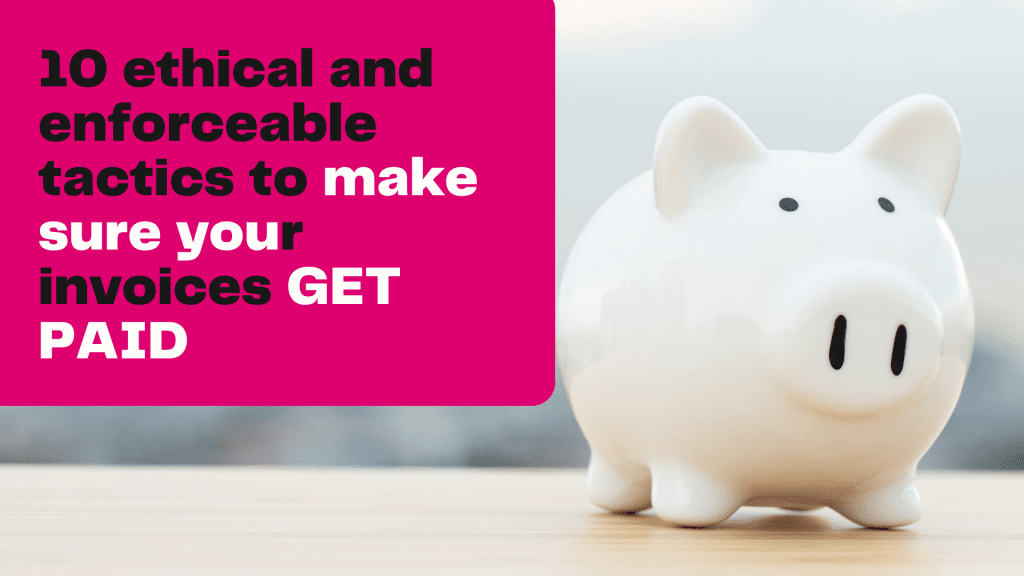
You can only manage your finances effectively if you know certain numbers and, as we all know, credit control leads…

You can only manage your finances effectively if you know certain numbers and, as we all know, credit control leads…

Embracing change is the secret to business growth. It allows us to learn how to do things better and adapt…

Marketing today looks vastly different from that of ten years ago. Gone are the days where paid ads, membership of…

In today’s competitive business world, it is not uncommon for people to do their own bookkeeping and accounting. There are…

Wouldn’t life be simple if you could guarantee that your invoice would get paid on time every time? Sadly, this…